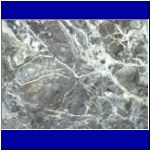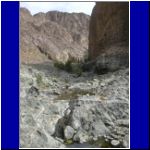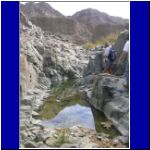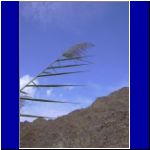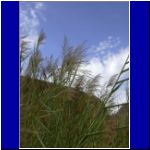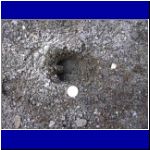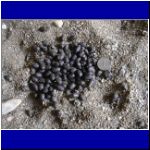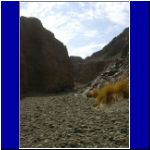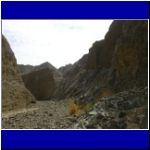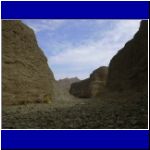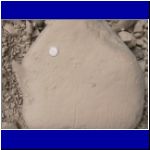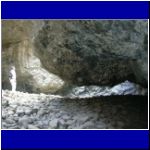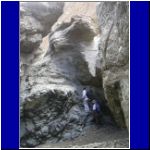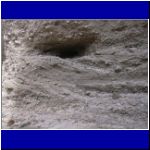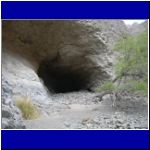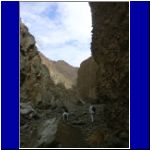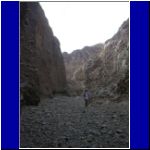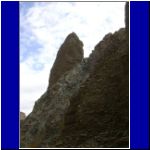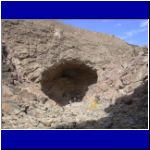Walking Up Wadi Madabah Above the Pools
Walking Up Wadi Madabah Above the Pools

Visitors to Wadi Madabah, deep in Wadi Agran, usually visit either the waterfall below the escarpment or the pools above. For this trip in 2004, we drove to the plain above the falls and hiked up the wadi bed deep into the mountains.
We were rewarded with some spectacular scenery capped by what we believe was the sighting of three tahrs as they scrambled over one of the high ridges.
We now refer to this walk as a 'three-tahr' event!
